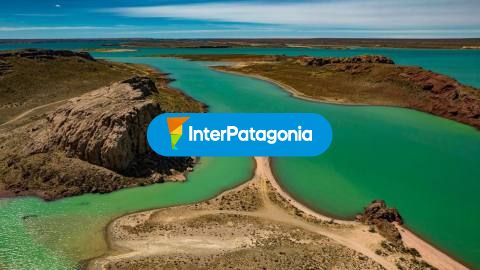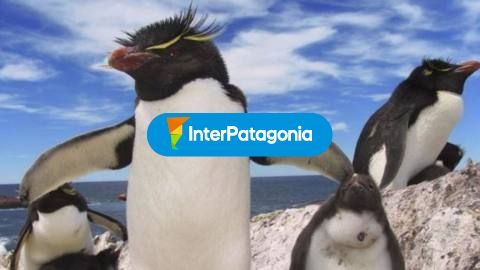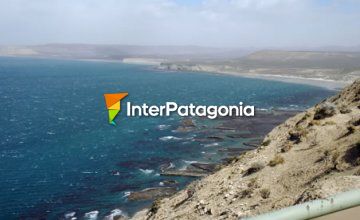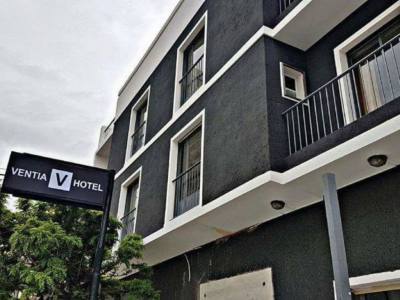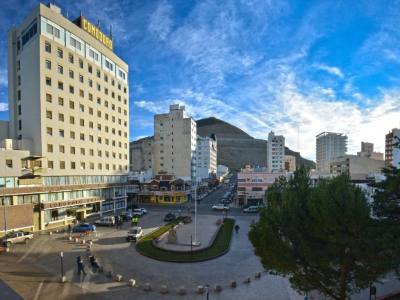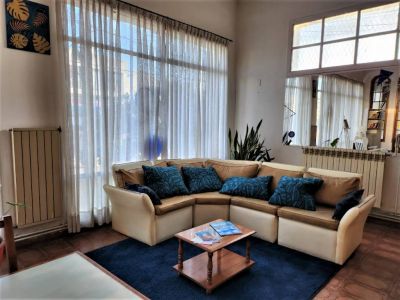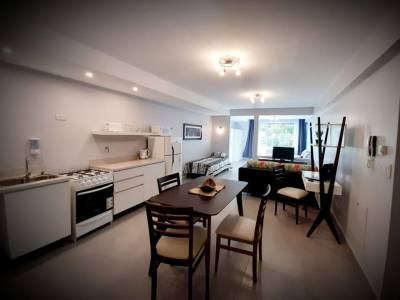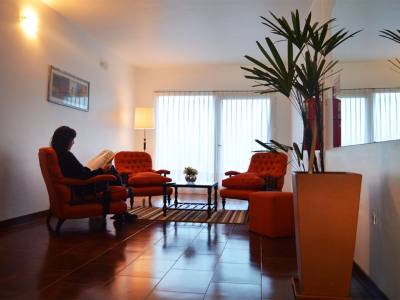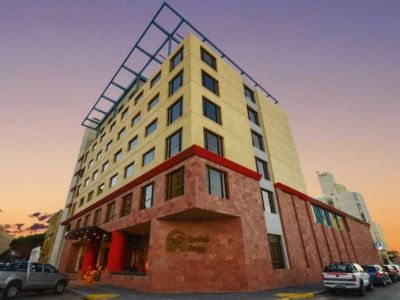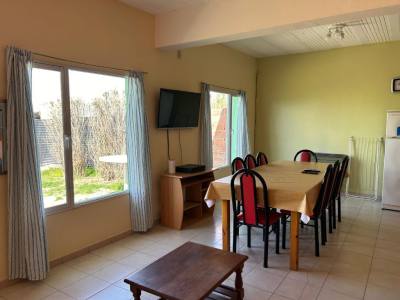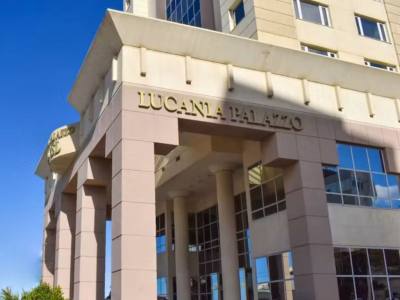The blue route runner in Santa Cruz connects steppe and ocean, a landscape of pure nature and wild magic. The proposal follows national route No. 3 and invites you to discover the natural reserves, where wildlife is the undisputed protagonist, and the towns along the way hold a special charm with historical brushstrokes and geological stories.
Coastal walks, site museums, and wildlife
That stretch of Route 3 connects Caleta Olivia and Río Gallegos and passes through different towns that emphasize the Patagonian environment and the intense bond with the sea. The natural reserves guard the treasures of the Santa Cruz coast: penguins, sea lions, and coastal and marine birds captivate in this setting at the southern tip, where the plateau meets the sea.
The complete journey covers 800 km. The ideal is to choose an itinerary according to the available days to visit the main stops: from photography, navigation, wildlife watching, site museums, hiking, and tasting seafood dishes in the port cities.
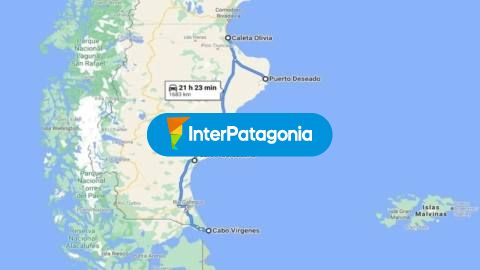
Caleta Olivia in the San Jorge Gulf region is the starting point of this journey, whose beaches are distinguished by cliffs, wind-eroded soil, and wildlife. It is home to a colony of sea lions and numerous birds such as cormorants, ducks, and seagulls.
Fitz Roy and Jaramillo are small railroad towns that provide access to the Petrified Forest National Park and also offer a journey through the ranches, railways, and iconic spaces that tell the story of the rural strikes of 1921.
Puerto Deseado is the next stop, where sea lions, penguins, and birds inhabit the Ría del Deseado Natural Reserve of endless beauty. This destination invites you to connect with natural history, exploration, and the stories of Darwin, who arrived in 1834 commissioned to conduct a mapping survey of the continent's coasts.
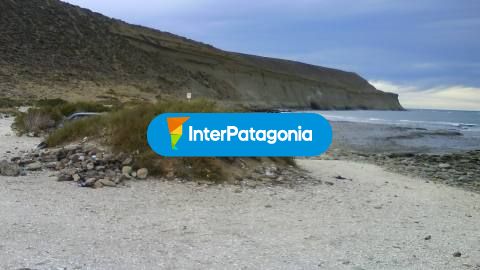
Puerto San Julián connects us with the history of Magellan, who anchored there in 1520 in search of the interoceanic southern passage. The themed museum Nao Victoria and the observation of marine fauna along the coastal walks are ideal for visitors. On Penguin Island, Magellanic penguins nest, and occasionally, yellow-crested penguins, king penguins, and banded penguins can also be observed.
Puerto Santa Cruz is the oldest city in Argentine Patagonia. Together with Cmte. Piedrabuena, they tell a story that connects the memory of great maritime expeditions and the exploration of the Patagonian coasts. From Piedrabuena, one can enter the Monte León National Park, a natural lighthouse that rises between the steppe and the sea.
Arriving at the end of the journey, Río Gallegos is the provincial capital. With a more subdued landscape, it is a hub of services, culture, and livestock history, a key point for exploring the region and very close to the "km 0" of the mythical Route 40 and Cabo Vírgenes, which is also home to thousands of penguins.
